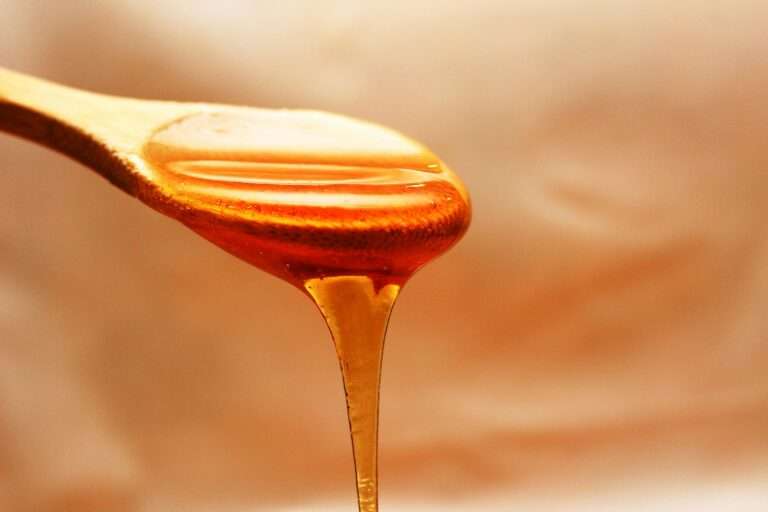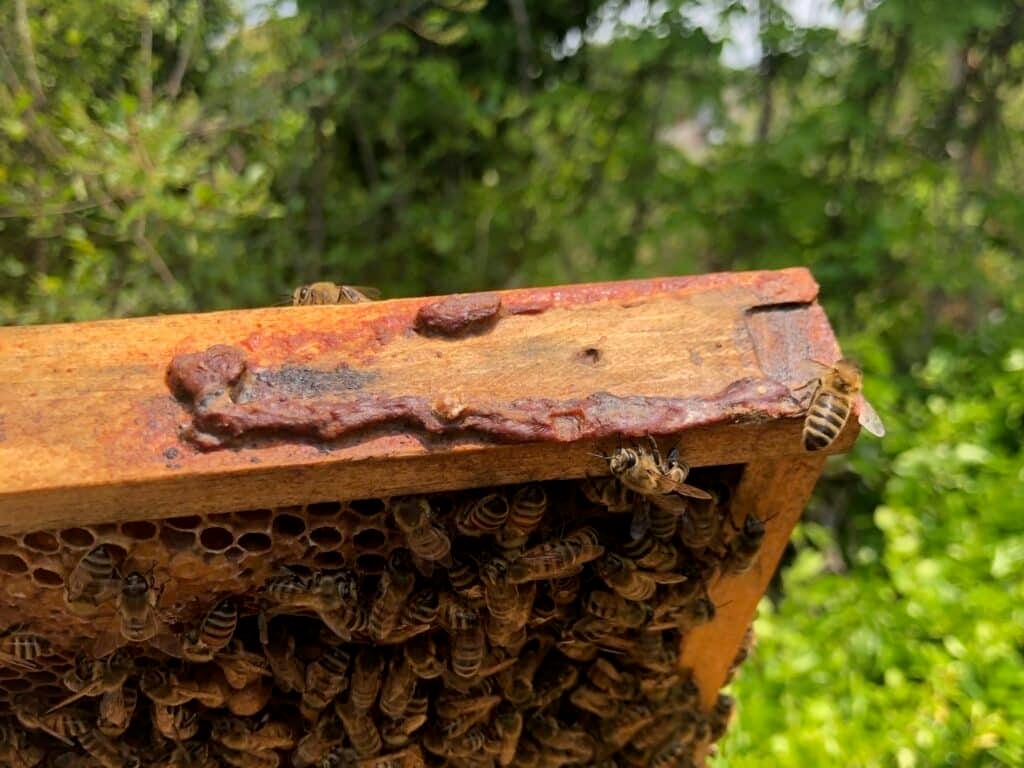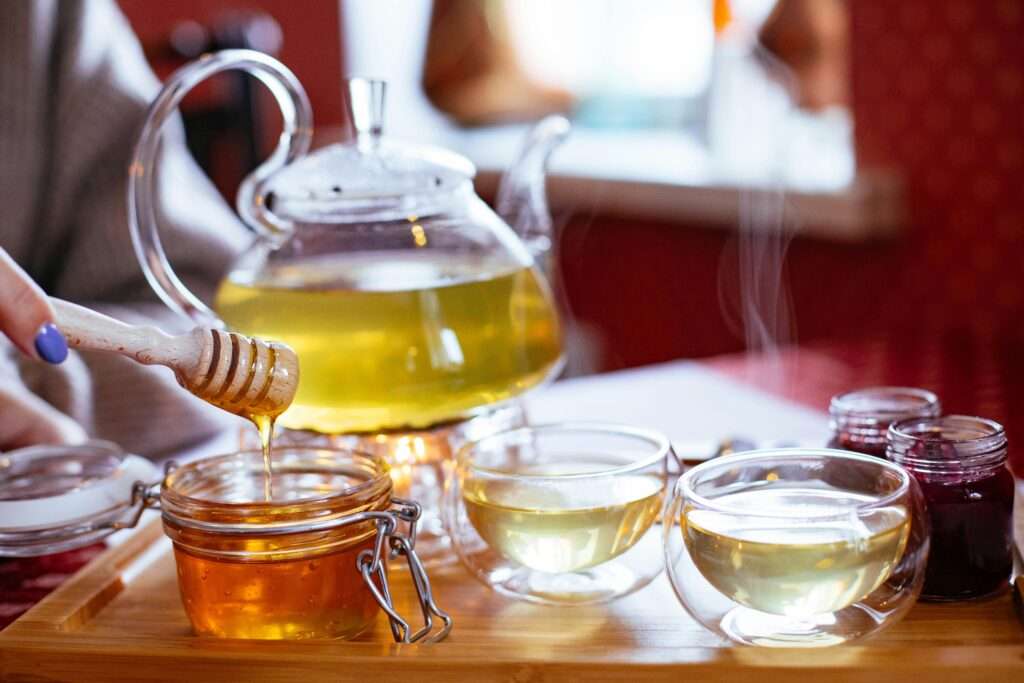What is considered pure honey?
The claim that “pure honey isn’t actually pure” is based on a blend of misunderstanding and technical definition. Here’s what’s true:
What “Pure” Honey Means:
- Pure honey generally means the product is 100% honey and contains no added substances like corn syrup, sugar, or artificial ingredients[1][2][3].
- It is different from “fake honey,” which might be diluted or adulterated with other sweeteners or fillers[4][5].
What’s Actually in Pure Honey:
- Even “pure” or “raw” honey naturally contains more than just sugars. In addition to carbohydrates (mainly glucose and fructose), honey contains minor amounts of water, proteins, amino acids, vitamins, minerals, organic acids, and pollen[6][7][8].
- Microscopic particles from the hive, such as pollen or tiny flecks of beeswax, may be present in raw or less-filtered honey. These are natural and not considered adulterants[9][7].
- Trace elements and minerals: Natural honey contains small quantities of minerals like potassium, calcium, magnesium, and many others, depending on floral origin and geography[6][10].
- Regulatory definitions (like Codex and the USDA) allow for these naturally occurring substances as part of pure honey as long as nothing artificial is added and nothing natural is intentionally removed (except for filtration of solid debris)[11][2].
Why the Confusion?
- The word “pure” in food labeling often leads consumers to imagine something absolutely free from all impurities or foreign matter. In the case of honey, it means free from non-honey additives, not free from everything except sugar[1][2].
- The makeup of honey is naturally complex and cannot be “pure” in the sense of being a single substance or compound—it’s always a mixture produced by bees[7][8].
In summary:
- Pure honey is as close as possible to what comes from the hive, with no added sugars or other substances.
- It still contains a wide array of natural components, including pollen, enzymes, acids, minerals, and trace elements, so it’s “pure” in the sense of no adulteration, not “pure” as a single, isolated compound[6][7].
- Many products on store shelves labeled as “honey” may not be truly pure due to undisclosed additives or adulteration—so certification and trustworthy sourcing are important if you want real, pure honey[4][3][5].
⁂
- https://brightland.co/blogs/field-notes/raw-honey-vs-pure-honey
- https://bigislandbees.com/blogs/bee-blog/raw-vs-pure-vs-organic-vs-unfiltered-how-to-read-honey-labels
- https://newzealandhoneyco.com/blogs/honey-articles/how-to-tell-if-honey-is-pure
- https://www.naturenates.com/3-ways-to-know-honey-is-pure/
- https://savannahbee.com/blogs/the-latest-buzz/real-vs-fake-what-is-pure-honey
- https://pmc.ncbi.nlm.nih.gov/articles/PMC5815988/
- https://beeculture.com/the-chemistry-of-honey/
- https://www.perfectbee.com/learn-about-bees/the-science-of-bees/the-chemical-composition-of-honey
- https://sites.evergreen.edu/terroir-spring/wp-content/uploads/sites/186/2016/03/Honey-Composition-and-Properties.pdf
- https://cdn.fortunejournals.com/articles/chemical-composition-and-uses-of-honey-a-review.pdf
- https://pmc.ncbi.nlm.nih.gov/articles/PMC7692231/



